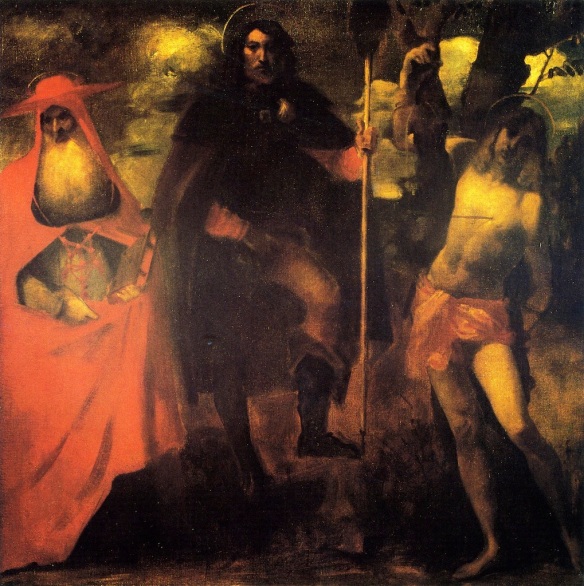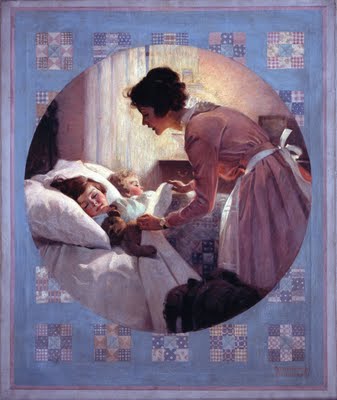“The sunflower is mine, in a way.”
Vincent Van Gogh
 Offering to Flora, Juan van der Hamne, 1627
Offering to Flora, Juan van der Hamne, 1627
 The Sunflower. Engraving from Erasmus Francisci’s Ost- und West-Indischer wie auch Sinesischer Lust- und Stats-Garten in drey Haupt-Theile unterschieden.., 1668
The Sunflower. Engraving from Erasmus Francisci’s Ost- und West-Indischer wie auch Sinesischer Lust- und Stats-Garten in drey Haupt-Theile unterschieden.., 1668
 Peacocks, Melchior d’ Hondecoeter, 1683
Peacocks, Melchior d’ Hondecoeter, 1683
 Small butterfly and sunflower, Ohara Koson, no date
Small butterfly and sunflower, Ohara Koson, no date
 Studio of Sir Kenelm Digby, Anthony van Dyck, c. 1630
Studio of Sir Kenelm Digby, Anthony van Dyck, c. 1630
 Selbstporträt mit Sonnenblume (Self Portrait With a Sunflower), Anthony van Dyck, after 1633
Selbstporträt mit Sonnenblume (Self Portrait With a Sunflower), Anthony van Dyck, after 1633
 Marquise Athenais de Montespan or Montespan en déshabillée, school of Pierre Mignard, c. 1670
Marquise Athenais de Montespan or Montespan en déshabillée, school of Pierre Mignard, c. 1670
 Portrait of Elizabeth Claypole, Jacob Huysmans, 1680
Portrait of Elizabeth Claypole, Jacob Huysmans, 1680
 Misses Wilson, James Sant, 1875
Misses Wilson, James Sant, 1875
 Bouquet of Sunflowers, Claude Monet, 1881
Bouquet of Sunflowers, Claude Monet, 1881
 Tournesols, Claude Monet, 1881
Tournesols, Claude Monet, 1881
 Clytie, Evelyn De Morgan, 1887
Clytie, Evelyn De Morgan, 1887
 Vase of Sunflowers, Henri Matisse, 1898
Vase of Sunflowers, Henri Matisse, 1898
 The Four Seasons (Summer), Alphons Mucha, 1898
The Four Seasons (Summer), Alphons Mucha, 1898
 Brita,a Cat and a Sandwich, Carl Larsson, 1898
Brita,a Cat and a Sandwich, Carl Larsson, 1898
 Hide and Seek, Carl Larsson, c. 1900
Hide and Seek, Carl Larsson, c. 1900
 Eighteen Years Old!, Carl Larsson, 1902
Eighteen Years Old!, Carl Larsson, 1902
 Farm Garden with Sunflowers, Gustave Klimt, 1905
Farm Garden with Sunflowers, Gustave Klimt, 1905
 Sonnenblume (Girasol), Gustav Klimt, 1907
Sonnenblume (Girasol), Gustav Klimt, 1907
 Sunflowers, Piet Mondrian, 1907
Sunflowers, Piet Mondrian, 1907
 Dying Sunflower, Piet Mondrian, c. 1908
Dying Sunflower, Piet Mondrian, c. 1908
 Sonnenblume, Egon Schiele, 1909
Sonnenblume, Egon Schiele, 1909
 Welke Sonnenblume, Egon Schiele, 1912
Welke Sonnenblume, Egon Schiele, 1912
 Welke Sonnenblumen, Egon Schiele, 1914
Welke Sonnenblumen, Egon Schiele, 1914
 Sonnenblumen, Egon Schiele, 1916
Sonnenblumen, Egon Schiele, 1916
 Versunkene Landschaft, Paul Klee, 1918
Versunkene Landschaft, Paul Klee, 1918
 Mature Sunflowers, Emil Nolde, 1932
Mature Sunflowers, Emil Nolde, 1932
 Sunflowers, Sir Jacob Epstein, c. 1936
Sunflowers, Sir Jacob Epstein, c. 1936
 A Sunflower from Maggie, Georgia O’Keeffe, 1937
A Sunflower from Maggie, Georgia O’Keeffe, 1937
 Girasoles (Sunflowers) Diego Rivera, 1943
Girasoles (Sunflowers) Diego Rivera, 1943
 Sunflowers at Choisel, Georges Braque, 1946
Sunflowers at Choisel, Georges Braque, 1946
 Composition with Sunflowers, Friedensreich Hundertwasser, 1949
Composition with Sunflowers, Friedensreich Hundertwasser, 1949
 Die Sonnenblumen und die (The Sunflowers and The City), Friedensreich Hundertwasser, 1949
Die Sonnenblumen und die (The Sunflowers and The City), Friedensreich Hundertwasser, 1949
 Le Tournesol, Fernand Léger, 1953
Le Tournesol, Fernand Léger, 1953
 Cover for International Textiles, René Gruau, 1955
Cover for International Textiles, René Gruau, 1955
 Sunflowers for Jonathan, David Hockney, 1995
Sunflowers for Jonathan, David Hockney, 1995
 The Orders of the Night (Die Orden der Nacht), Anselm Kiefer, 1996
The Orders of the Night (Die Orden der Nacht), Anselm Kiefer, 1996
 Untitled (Sunflowers), Glenn Goldberg, 1999
Untitled (Sunflowers), Glenn Goldberg, 1999
 Hommage a van Gogh, Friedensreich Hundertwasser, c. 1998
Hommage a van Gogh, Friedensreich Hundertwasser, c. 1998



















































































